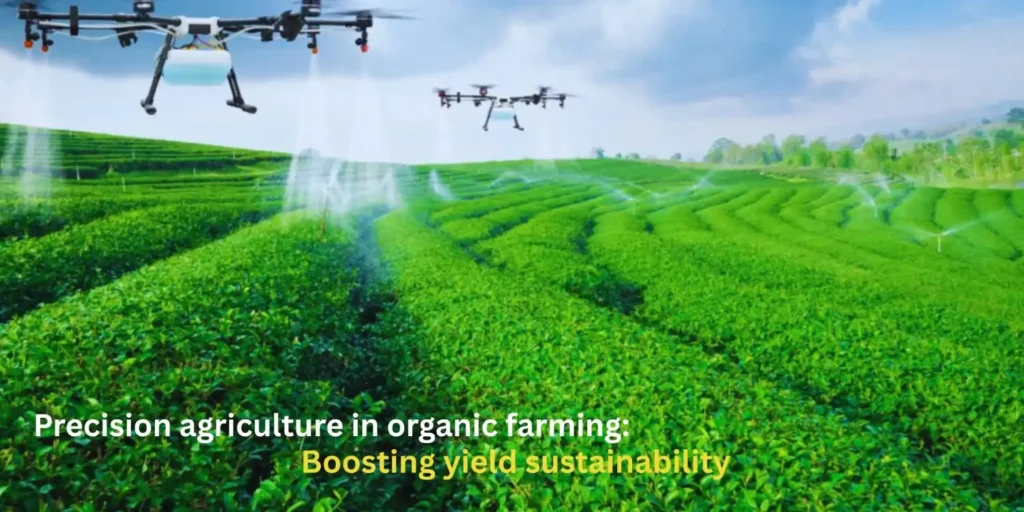In the recent past, despite the diminishing status of the agricultural sector. It continuous to be remain as one of the most influential on sharing 20% in the GDP in the past 5years moreover, around 50% of the economy is dependent upon the agricultural sector for sustainable and agrarian productivity is judiciously measured as the proportion of outputs incurred and inputs inculcated its entirely based upon market value of the final product.
Essential items are food, fuel, fiber and raw materials, and other resources.
APPLICABILITY OF PRODUCTIVE NEEDS
Research shows that to meet the growing hunger of the green planet, there is a dire need to enhance and replenish the planet Earth by 2050.
The world is already struggling with hunger issues. There is a proliferation of the middle-class population, leading to uneven growth in food production and increased hunger needs with the increase in production. There is a transition from the traditional method of farming to advanced innovative method.
There is an inclination towards a non-vegetarian diet at the place of wheat, legumes, which presents a challenge and blockage to the already struggling planet. With involves 26 % of total greenhouse gas emissions. The turning point is to make the prevalent green globalized era more inclined towards the vegan diet, as the overpopulated countries and people here are becoming more health-conscious. There is an ever-growing requirement for green cultivation and advanced farming.
In this global clean green food initiative, there is a need to shift the focus from dairy food and non-vegetarian one’s so, the impact of their consequences can be lessened on the environment in its entirety.
Best High-Tech Farming Initiative
By inculcating a new farming method as compared to traditional method of farming is more uniquely the need of the hour with better seeds, chemicals free fertilizers, advanced machinery, new tractors, new HYV(high yielding varities of seeds) they all are needed to redesign the agricultural sector’s structure to bring a more transformative change which will be a next big and prominent step in the agricultural field.
Distinctive/Precise Farming– In the new mechanized form of farming, there are new organic fertilizers and less to no use of any chemical-based products. Like that of a Niche company which primarily focuses on organic production and uses the old Vedic knowledge of infusing the traditional method of farming with the new advanced modernized technology.
The entire concept is organic-based and yields a high variety of seeds, quantifying the utilization rather than set times and frequencies as done in the traditional method of farming.
Productive Growth OF Agriculture
In the declared SDGs goals, as initiated its main objective of zero hunger was initiated under the umbrella of 17SDG, as proclaimed by the U.N. to feed billions of lives under the same roof of sustainability and balancing it to create and nourish the world with zero hunger by the 2030 plan. This would require handling climate change and feeding the ever-growing population with HYV seeds in the framework of sustainability.
According to the FAO report, the global emissions from crops have increased from crops to livestock. These effects of emissions from land have decreased to a point where, as a result of a decrease in deforestation.
It is the mindful utilization of the farmland per acre. Without disturbing its natural sustainability by reducing the impact of agricultural land, which is one of the foremost steps in the right direction.
The productivity can be categorized in different forms of inputs, like labour or land. Known to be a partial measure of yielding.
Scaling The Sustainability of Planned Farming
We are situated in an era of climate change and a sustainable agricultural environment. The global risk to farming is the environmental barriers that we need to cross in order to build a healthy agro-based economy.
Unlike the inclusive agriculture follows the age-old pattern, sustainable agriculture has great value for benefiting the environment by preserving the natural resources, regulating the nutrients, following water management, and reducing the use of fertilizers. And indulging in chemical-free farming. Meeting society’s food requirements without compromising the ability of future generations.
CONCLUSION
To completely mitigate global hunger is a complex concept in itself, specifically based on the agricultural sector. Where the UN is addressing the concept from the humanitarian level to high-yielding varieties of crops, to making it more accessible and cheaper. So, it could he affordable by all. Where sustainable, productive agriculture plays the key role In overall view, there is an ardent need to view this concept in a holistic approach. Where the productive is qualitative and quantitative, both meeting the requirements of the present and the future generation. The agricultural industry alone cannot curb
hunger protection rather than it needs its implementation aspect of the food chain.
It can help alleviate poverty in developing countries. As a result, food prices decrease, and the food supply chain becomes more stable.
It requires a collective approach towards productivity and channelizing it, and placing the entire food journey on the value system of sustainability. They act as a predominant element to solve the hunger issues.
Agricultural productivity is an important factor in food security. By utilizing sustainable practices, it will preferably decrease the amount of land needed and slow the process of land degradation.
As farming becomes more productive, its comparative usage and advantage enhances, enabling it can produce products at a lower opportunity cost. And the regions become more competitive as they share the same world market, and more consumers get attracted by changing the global scenario.



